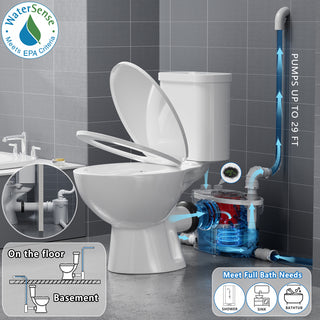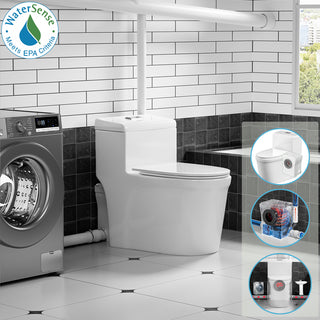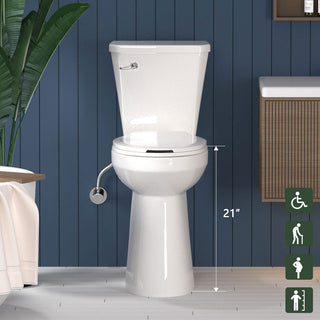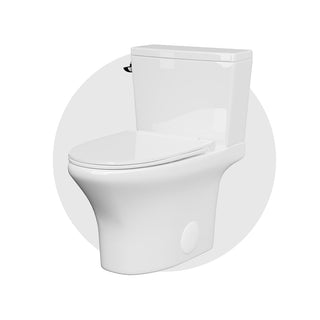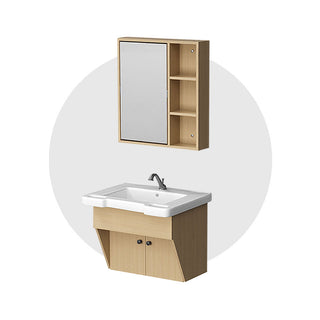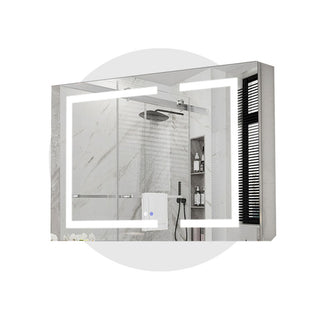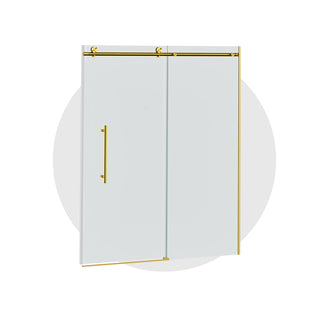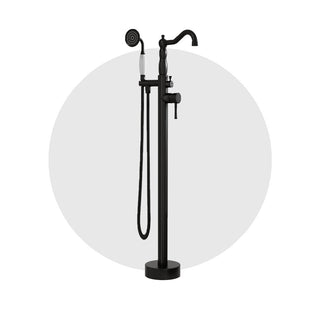Introduction
If you're considering installing a corner toilet—whether to save space or solve a tricky layout—understanding the rough-in is critical. The rough-in is the key measurement that determines whether a toilet will fit your plumbing setup. For corner toilets, this measurement works a bit differently than for standard models.
So, what is the rough-in for a corner toilet? In most cases, it means 12 inches from the center of the drain to each adjacent wall—not to the corner point itself. In this guide, we'll walk you through what that means, how to confirm your setup, and what to do if your space isn't a perfect fit.
I. What Does "Rough-In" Mean for a Corner Toilet?
For any toilet, the rough-in refers to the distance between the center of the toilet's floor drain and the wall. In a standard toilet, it's a single measurement—usually 12 inches—from the drain to the back wall.
With a corner toilet, however, things change. Because the toilet is designed to sit in a 90-degree corner, the rough-in is defined as the distance from the center of the floor drain to each wall forming that corner. Both measurements typically need to be 12 inches, forming a right triangle with equal legs.
This dual-wall requirement makes corner toilet installations more sensitive to wall placement and angle. The two walls must meet at a clean 90 degrees, and the drain must sit perfectly centered between them.
II. Is 12 Inches Always the Standard Rough-In?
For nearly all residential corner toilets, yes—12 inches to each wall is the standard. While 10" or 14" rough-ins exist in regular toilet models, corner toilets are much more standardized.
If you're shopping for a corner toilet or planning an installation, it's safe to assume the model you're considering will require a 12" rough-in. Still, always confirm by checking the product specifications. Most brands clearly list this on their product pages or technical drawings.
Not sure how to measure your rough-in correctly? Check out our step-by-step corner toilet measuring guide, which walks you through the tools and process.
III. What If My Wall Angle Isn’t Perfectly 90 Degrees?
Corner toilets are engineered with the assumption that your walls form a perfect 90-degree angle. If the angle is too narrow (less than 90°), the toilet may not fit properly between the walls. If it's too wide (more than 90°), the back of the toilet might sit awkwardly away from the walls, creating an unsightly gap.
Before installation, use a simple angle finder or framing square to check your corner. If your walls are slightly off-square but the rough-in distances are accurate, some minor caulking or spacing adjustments may be enough. If the angle is significantly off, consult a professional to evaluate your options.
IV. Can You Replace a Regular Toilet with a Corner Toilet?
It’s possible—but only if the rough-in location aligns properly. Standard toilets are centered against a single wall, while corner toilets require the drain to be equally spaced between two walls.
If your current toilet's drain is near a corner but not centered between the walls, you'll likely need to relocate the drain to make a corner toilet fit. This involves more invasive plumbing work and should be assessed by a licensed plumber.
Considering the switch? Read our full guide to converting a regular toilet to a corner toilet to weigh the pros and cons.
V. Final Tips Before You Buy
To make sure you get the right fit:
- Measure from the drain center to each wall: both should be exactly 12 inches
- Confirm that the walls form a true 90-degree angle
- Check the manufacturer’s spec sheet for the exact rough-in requirement
- Look for models with installation templates or technical diagrams
Spending a few minutes on these checks now can save you a major installation headache later.
FAQ
Q: What if my rough-in isn’t exactly 12 inches?
You’ll need to find a model that fits your specific layout—or move the drain pipe.
Q: Are there adjustable corner toilets?
Not commonly. Most require a fixed rough-in to both walls.
Q: How do I convert a standard toilet space to a corner toilet?
This usually involves relocating plumbing.
A corner toilet can be a clever way to save space, but only if the rough-in is right. Measure carefully, check your angles, and you’ll be on track for a smooth install.


